While lots of memorabilia is on show, from SS and Gestapo uniforms to a sideboard from Hitler's office, the exhibition shows how all levels of German society - media, industry, the church, schools -- built up the Hitler cult in the 1930s and clung to it through World War II until defeat was imminent.
Some media have portrayed the show opening on Friday in the German Historical Museum as a taboo-breaking first exhibition on Adolf Hitler himself. But the curators are at pains to stress that their focus is on the society that created the dictator.

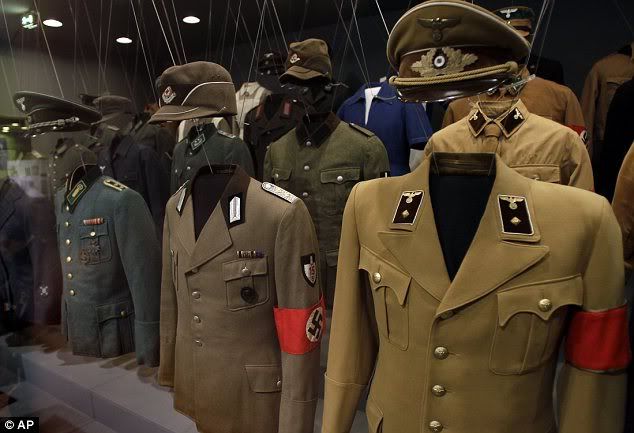
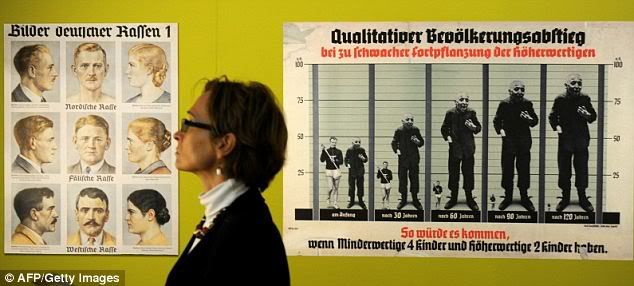
We don't want to focus on Hitler as a personality,' said Hans-Ulrich Thamer, curator of the exhibition subtitled 'Nation and Crime', at a media preview on Wednesday.
'We want to look at the rise of the regime, how it operated in power and how it fell, and the tremendous destructive potential that National Socialism unleashed,' he said.
The show is housed in a modern annexe behind the museum on Unter den Linden -- the boulevard that Hitler stripped of the linden trees that gave it its name - with no advertising, in deference to German law forbidding the display of Nazi symbols.
But inside the viewer is immersed in a world of propaganda ranging from cigarette packets with the swastika, complete with collectible uniform cards, to a handcart for selling the party paper, 'Voelkischer Beobachter'.
As the exhibits document the construction of the Nazi state, with its industry, autobahns and folksy celebrations of Hitler, they also reflect the growing racial hatred and discrimination.
One poster shows a mentally disabled boy beside a muscular blonde athlete and warns of the demographic dangers 'if retards have four children and the able-minded have just two'.
Then come displays of the yellow stars the Nazis forced Jews to wear and the striped concentration camp uniforms worn by some of the 6 million Jews murdered in the Holocaust and other Nazi victims. Among them is a tiny child's uniform from the camps.
After chronicling Hitler's downfall, the show touches on the post-war discussion of Nazism in German society, noting that the top-selling news magazine Der Spiegel put Hitler on its front cover no fewer than 46 times between 1949 and 2010.
'Since the 1990s not a single year has gone by without a Hitler portrait on the cover,' the curators said.
The final exhibits mention the fascination of neo-Nazis with Hitler memorabilia and displays anti-fascist logos.
Thamer was asked about the danger the museum could lure neo-Nazis eager for a look at Hitler memorabilia. Those sort of people, he said, don't go to museums.
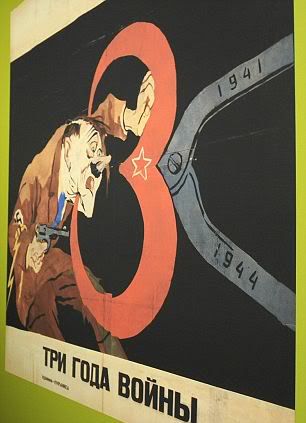
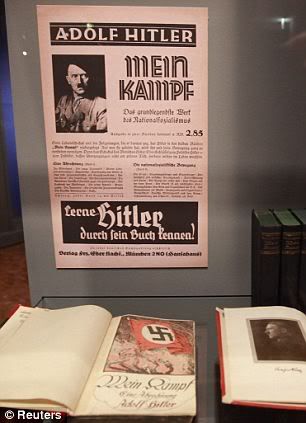
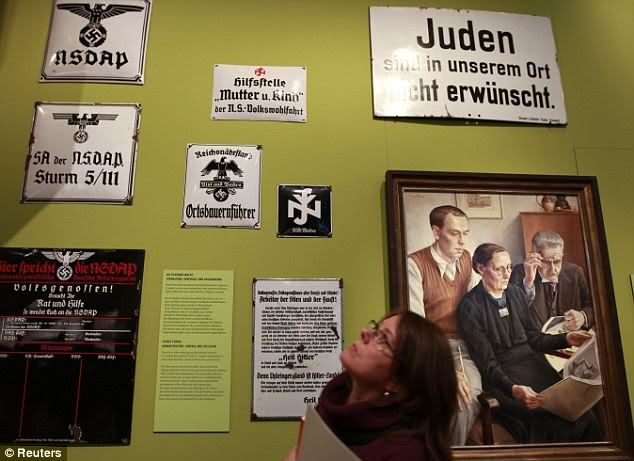

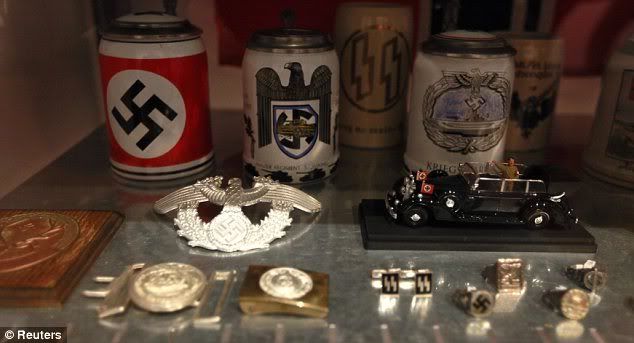


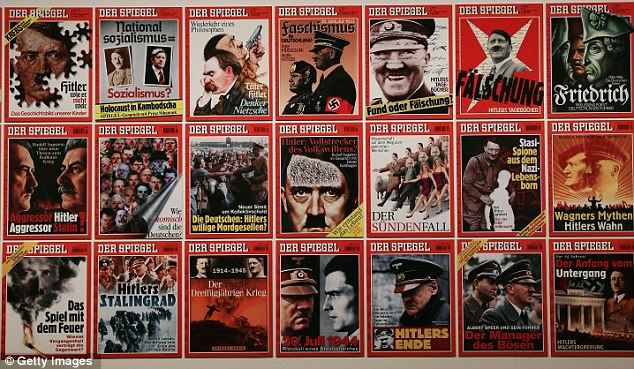










0 comments:
Post a Comment